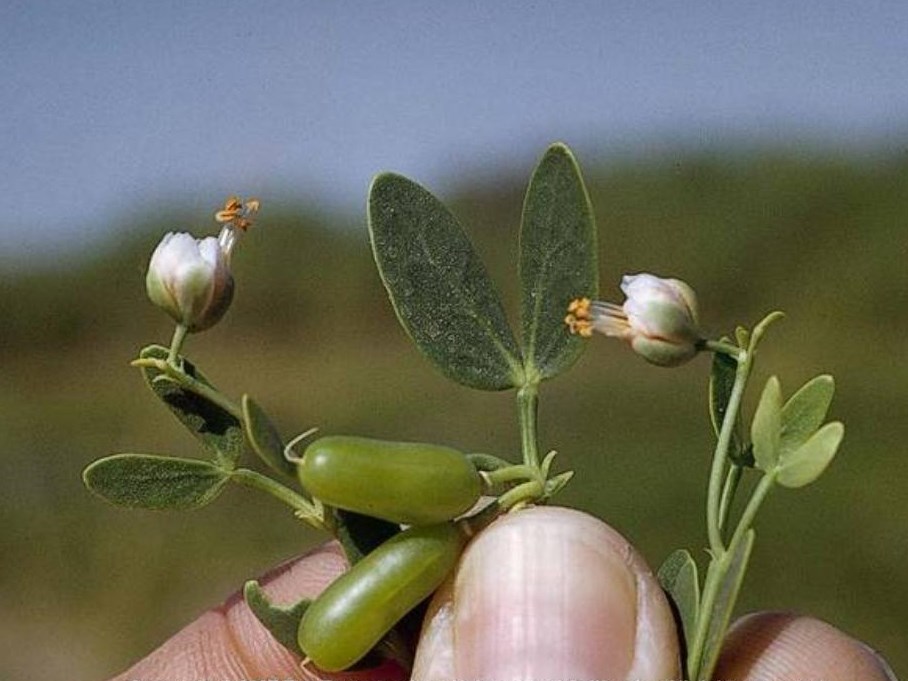Created on: Tuesday, Sep 20th, 2016
EuroMed PlantBase (see Alien status in western Europe): http://euromed.luomus.fi/euromed_map.php?taxon=329157&size=medium
Encycloweedia (CA): https://www.cdfa.ca.gov/plant/IPC/encycloweedia/weedinfo/zygophyllum-fab...
Invasive Plant Atlas: http://www.invasiveplantatlas.org/subject.html?sub=6630
U Nevada Reno Factsheet: http://www.unce.unr.edu/publications/files/nr/2001/FS0146.pdf
Canadian Factsheet: http://www.inspection.gc.ca/plants/plant-pests-invasive-species/invasive...
Canadian Risk Assessment Site: http://www.inspection.gc.ca/plants/plant-pests-invasive-species/directiv...
Reviewed by Ramona Robison and Chris McDonald.
- < 13 : accept (low risk of invasiveness)
- 13 - 15 : evaluate further
- > 15 : reject (high risk of invasiveness)

